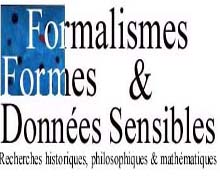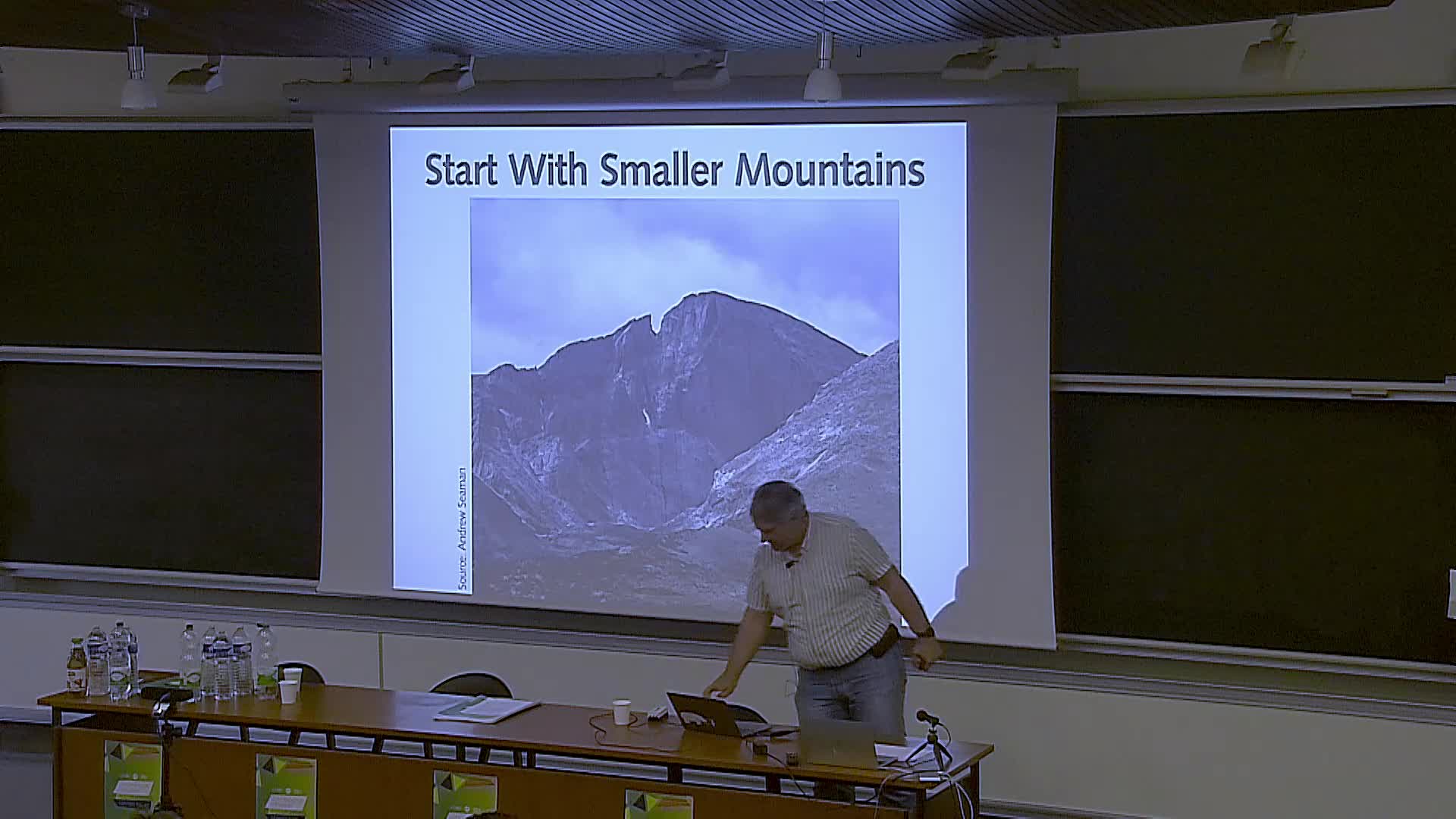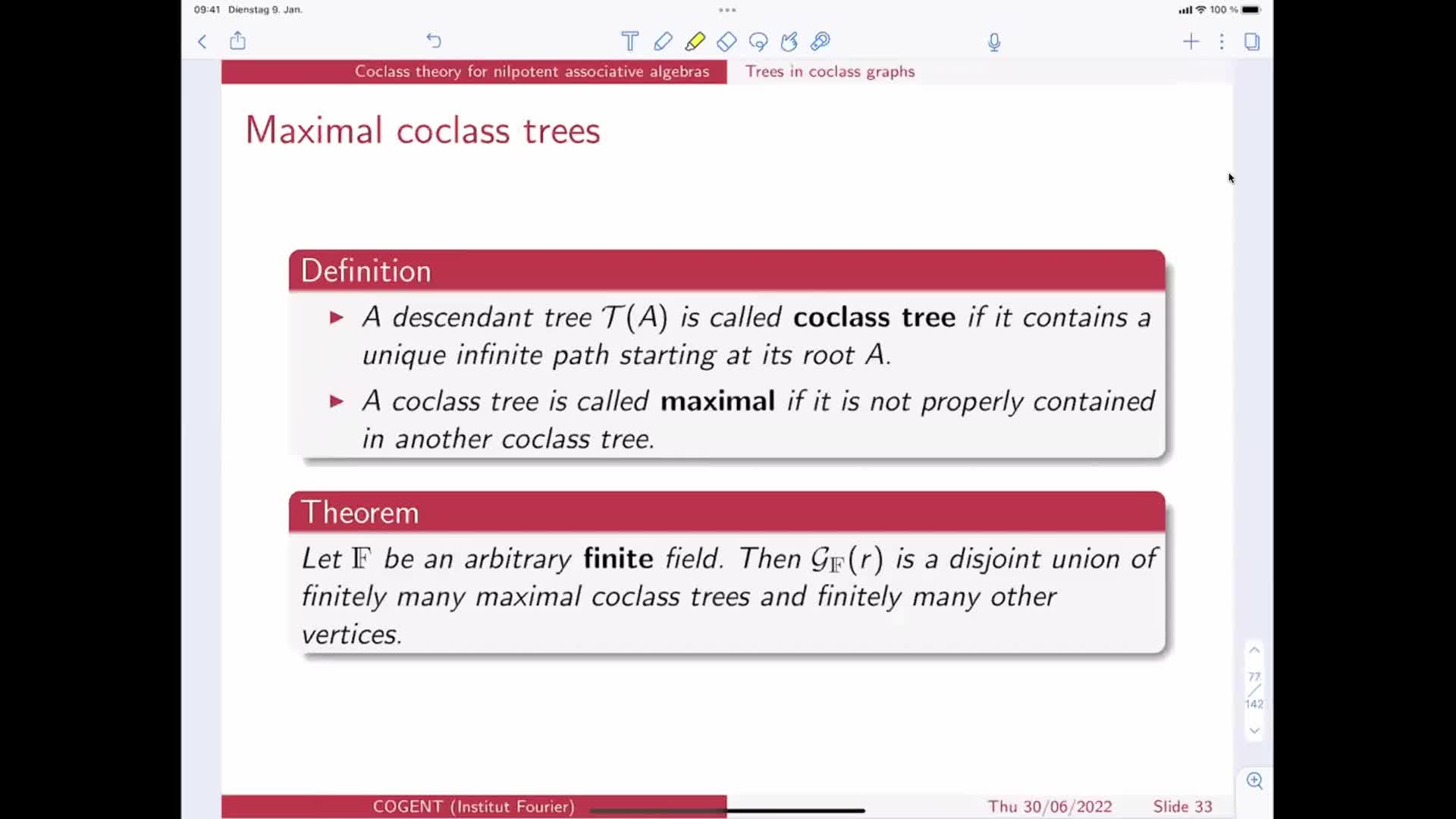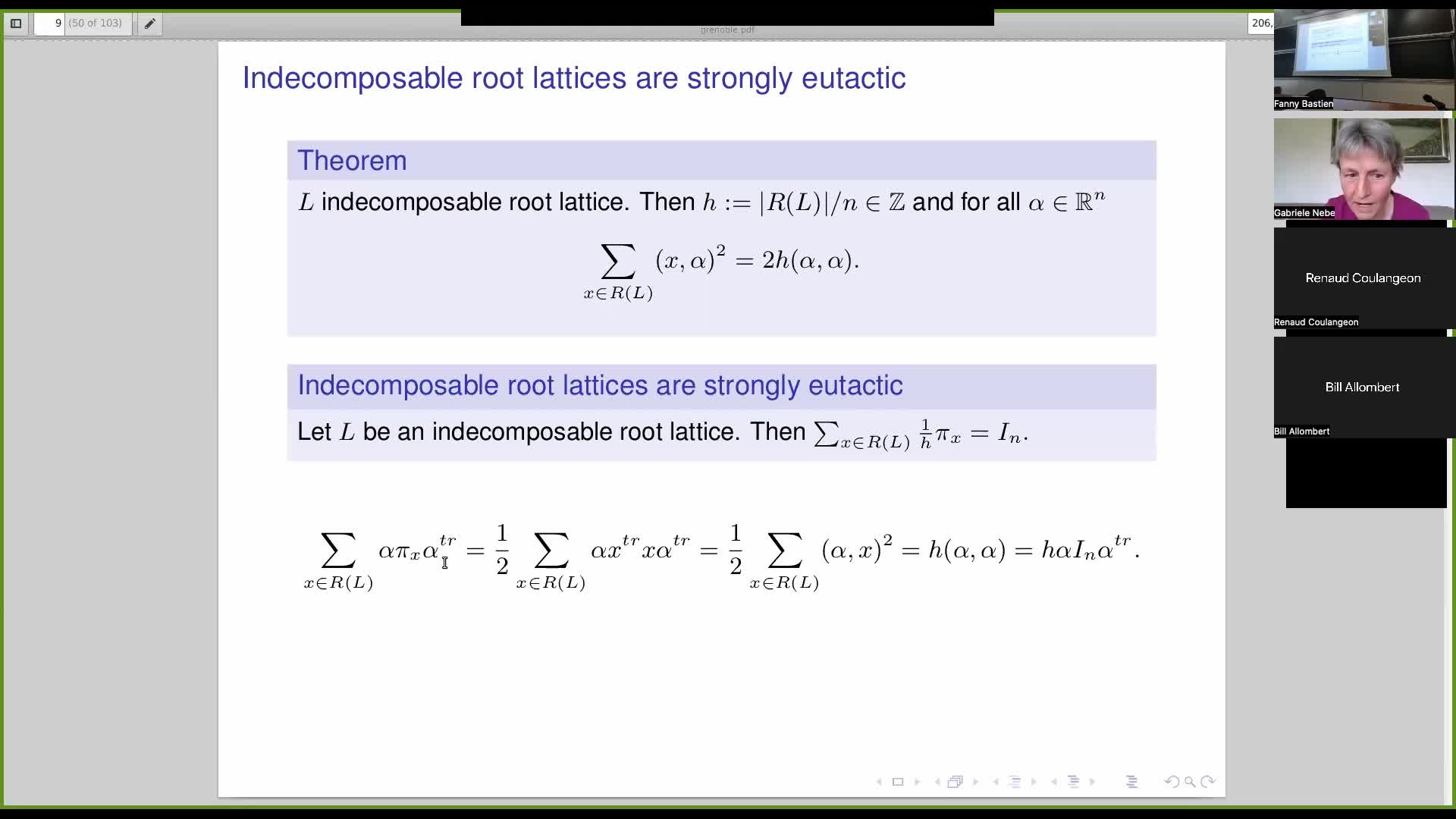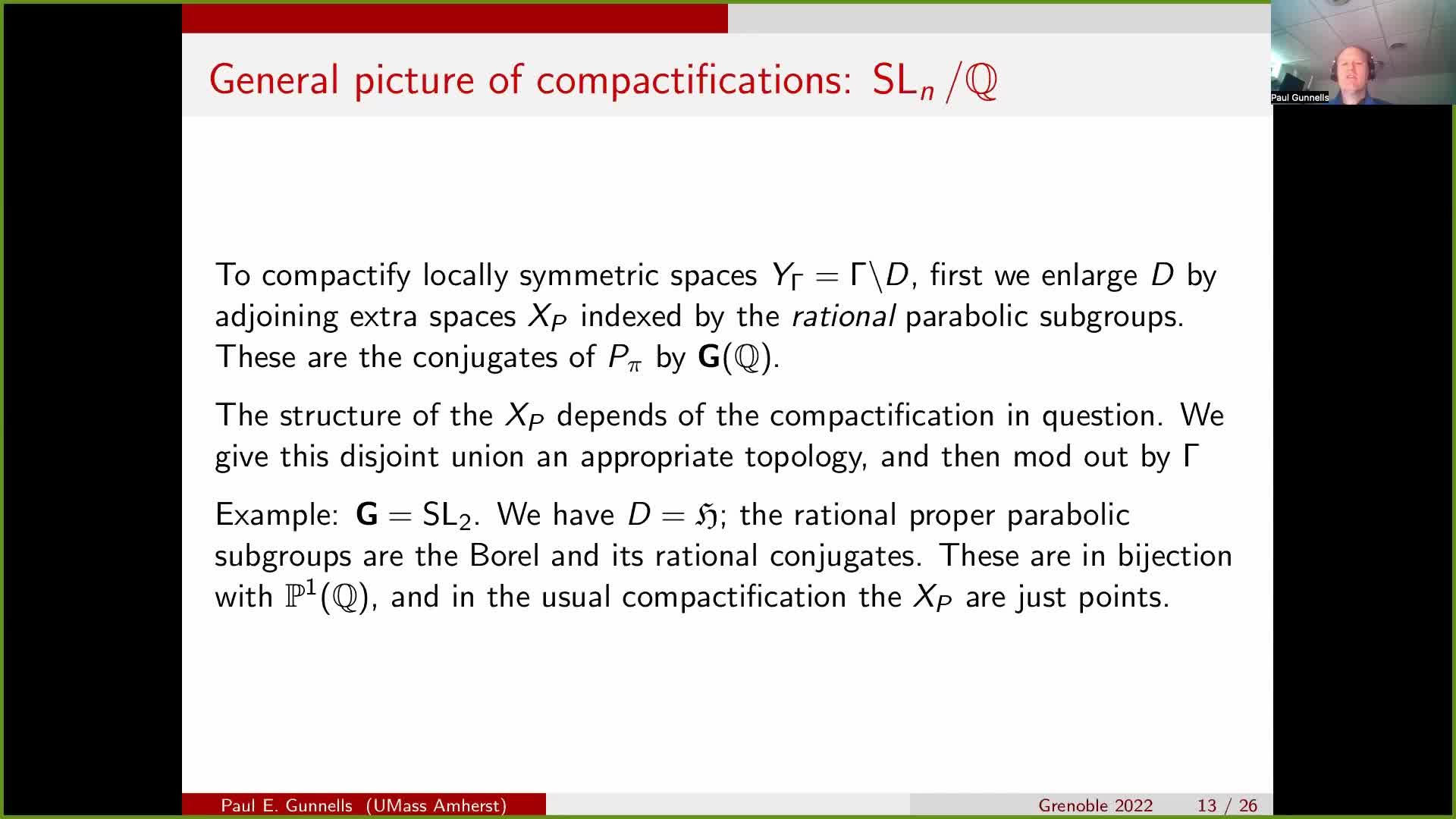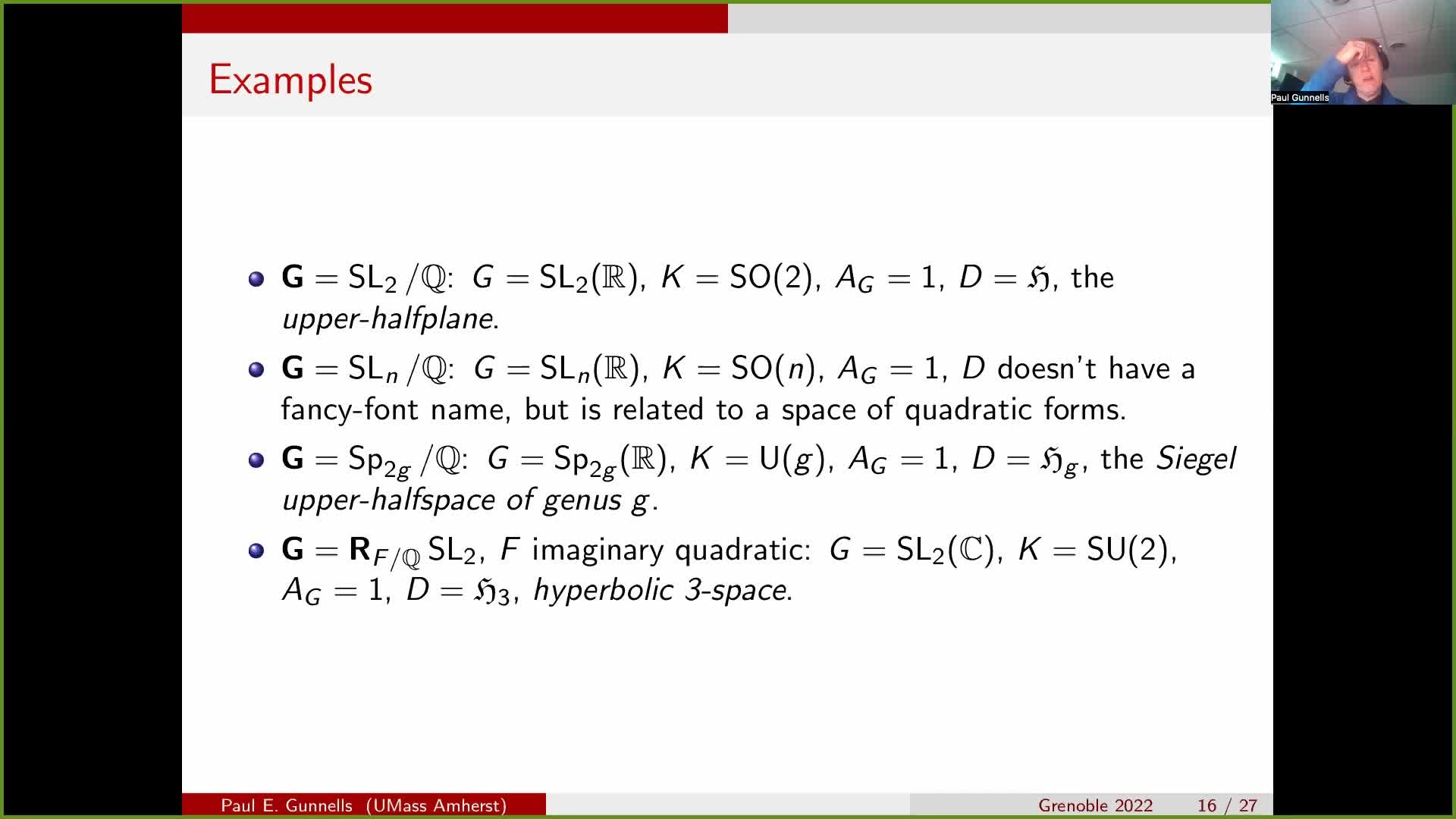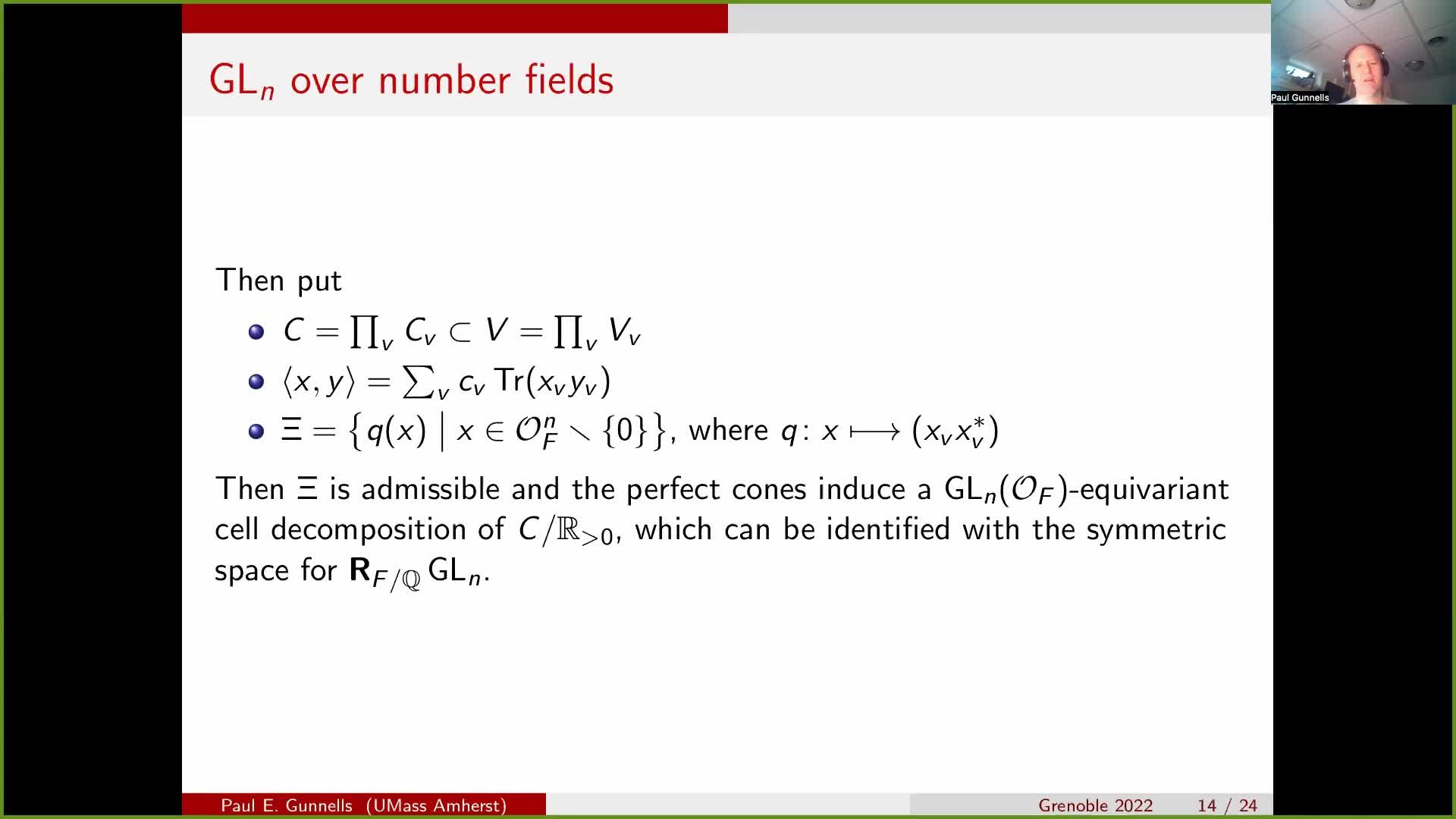Chapitres
- Fondements de la géométrie selon Freudenthal (1957)06'42"
- Luigi Cremona (1803-1903)01'58"
- Riccardo De Paolis (1854-1892)03'31"
- Réseau de Moebius04'54"
- Théorème de Desargues02'52"
- Plücker et Grassmann03'02"
- Thèse de Segre (1884)05'41"
- Programme de Segre (1891)04'10"
- Veronese (1884 et 1891)06'48"
- Point de vue de Peano (1889)06'52"
- Approche de Fano (1892)13'31"
- Federigo Enriques (1870-1946)07'12"
- Conclusion08'05"
- Questions et remarques23'41"
Notice
Fondements de la géométrie en Italie avant Hilbert
- document 1 document 2 document 3
- niveau 1 niveau 2 niveau 3
Descriptif
Le séminaire "Histoires de Géométries", mis en place à la FMSH par l'équipe F2DS dirigée par Dominique FLAMENT, se veut largement ouvert. Non seulement il est un lieu de rencontre d'excellence entre mathématiciens, philosophes et historiens des sciences, mais il s'ouvre également à un public de "curieux", plus dispersés culturellement.
Cet éclatement disciplinaire, voulu, apporte avec lui en retour un enrichissement de la réflexion portée sur les entités géométriques et, plus largement, sur le sens et la signification des mathématiques. Des spécialistes de grande valeur interviennent ici, où l'occasion leur est donnée de faire connaître leurs travaux de manière approfondie.
Leurs exposés, à l'intention d'une large audience, sont accessibles au public non versé dans les matières formelles ou de pure philosophie. Des thèmes plus techniques sont aussi abordés, sans pour autant déroger aux deux premières exigences.
Pour toutes informations complémentaires, vous pouvez consulter :
- le site F2DS à l'adresse suivante : http://semioweb.msh-paris.fr/f2ds/
- le blog Hypothèses "Histoires de Géométries" : http://f2ds.hypotheses.org/
Intervention / Responsable scientifique
Dans la même collection
-
Introduction à l'histoire de la géométrie algébrique
FlamentDominiqueHouzelChristianLe séminaire "Histoires de Géométries", mis en place à la FMSH par l'équipe F2DS dirigée par Dominique FLAMENT, se veut largement ouvert. Non seulement il est un lieu de rencontre d'excellence entre
-
La Geometrie der Lage de Von Staudt
NabonnandPhilippeLe séminaire "Histoires de Géométries", mis en place à la FMSH par l'équipe F2DS dirigée par Dominique FLAMENT, se veut largement ouvert. Non seulement il est un lieu de rencontre d'excellence entre
-
Chercher la géométrie : le cas d'une suite spectrale
SzczeciniarzJean-JacquesLe séminaire "Histoires de Géométries", mis en place à la FMSH par l'équipe F2DS dirigée par Dominique FLAMENT, se veut largement ouvert. Non seulement il est un lieu de rencontre d'excellence entre
-
Le théorème de Bézout dans la Geometria Organica de MacLaurin
PenchèvreErwanLe séminaire "Histoires de Géométries", mis en place à la FMSH par l'équipe F2DS dirigée par Dominique FLAMENT, se veut largement ouvert. Non seulement il est un lieu de rencontre d'excellence entre
Sur le même thème
-
Aurel PAGE - Cohomology of arithmetic groups and number theory: geometric, asymptotic and computati…
PageAurel regisIn this lecture series, the first part will be dedicated to cohomology of arithmetic groups of lower ranks (e.g., Bianchi groups), their associated geometric models (mainly from hyperbolic geometry)
-
Phong NGUYEN - Recent progress on lattices's computations 2
NguyenPhong Q.This is an introduction to the mysterious world of lattice algorithms, which have found many applications in computer science, notably in cryptography. We will explain how lattices are represented by
-
Alexander HULPKE - Computational group theory, cohomology of groups and topological methods 5
The lecture series will give an introduction to the computer algebra system GAP, focussing on calculations involving cohomology. We will describe the mathematics underlying the algorithms, and how to
-
Zachary Himes - On not the rational dualizing module for $\text{Aut}(F_n)$
Bestvina--Feighn proved that $\text{Aut}(F_n)$ is a rational duality group, i.e. there is a $\mathbb{Q}[\text{Aut}(F_n)]$-module, called the rational dualizing module, and a form of Poincar\'e duality
-
Tobias Moede - Coclass theory for nilpotent associative algebras
The coclass of a finite p-group of order p^n and class c is defined as n-c. Using coclass as the primary invariant in the investigation of finite p-groups turned out to be a very fruitful approach.
-
Oussama Hamza - Hilbert series and mild groups
Let $p$ be an odd prime number and $G$ a finitely generated pro-$p$ group. Define $I(G)$ the augmentation ideal of the group algebra of $G$ over $F_p$ and define the Hilbert series of $G$ by: $G(t):
-
Gabriele NEBE - Lattices, Perfects lattices, Voronoi reduction theory, modular forms, computations …
NebeGabrieleThe talks of Coulangeon will introduce the notion of perfect, eutactic and extreme lattices and the Voronoi's algorithm to enumerate perfect lattices (both Eulcidean and Hermitian). The talk of Nebe
-
Alexander HULPKE - Computational group theory, cohomology of groups and topological methods 4
The lecture series will give an introduction to the computer algebra system GAP, focussing on calculations involving cohomology. We will describe the mathematics underlying the algorithms, and how to
-
Alexandre Booms : « Usage de matériel pédagogique adapté en géométrie : une transposition à interro…
« Usage de matériel pédagogique adapté en géométrie : une transposition à interroger ». Alexandre Booms, doctorant (Université de Reims Champagne-Ardenne - Cérep UR 4692)
-
Paul GUNNELLS - Cohomology of arithmetic groups and number theory: geometric, asymptotic and comput…
GunnellsPaul E.In this lecture series, the first part will be dedicated to cohomology of arithmetic groups of lower ranks (e.g., Bianchi groups), their associated geometric models (mainly from hyperbolic geometry)
-
Paul GUNNELLS - Cohomology of arithmetic groups and number theory: geometric, asymptotic and comput…
GunnellsPaul E.In this lecture series, the first part will be dedicated to cohomology of arithmetic groups of lower ranks (e.g., Bianchi groups), their associated geometric models (mainly from hyperbolic geometry)
-
Paul GUNNELLS - Cohomology of arithmetic groups and number theory: geometric, asymptotic and comput…
GunnellsPaul E.In this lecture series, the first part will be dedicated to cohomology of arithmetic groups of lower ranks (e.g., Bianchi groups), their associated geometric models (mainly from hyperbolic geometry)


